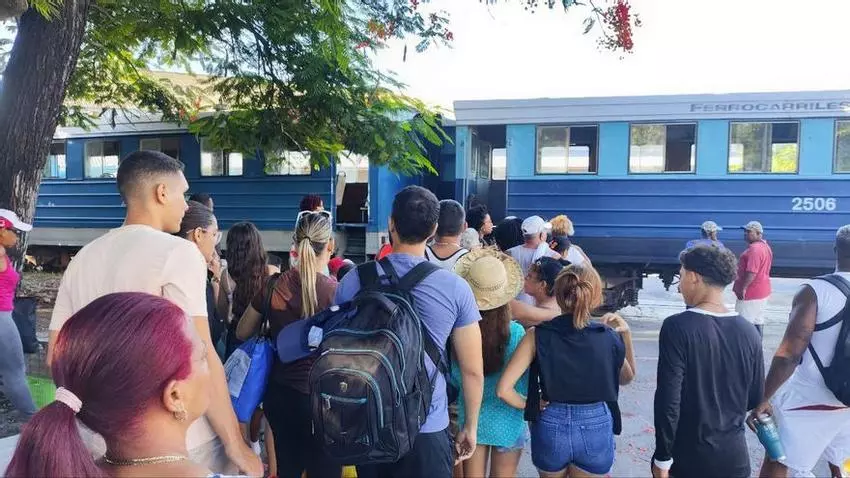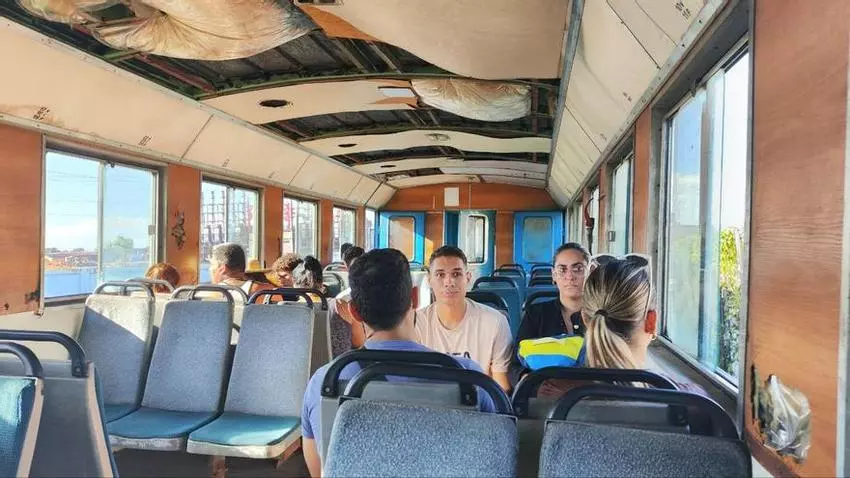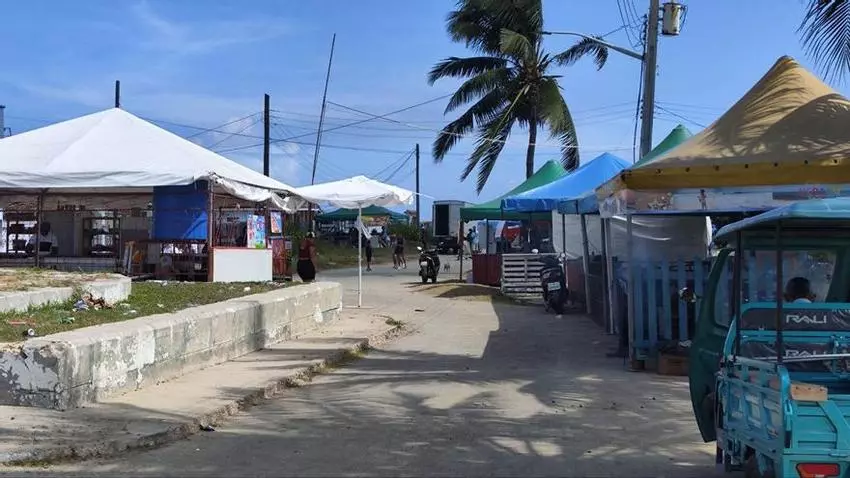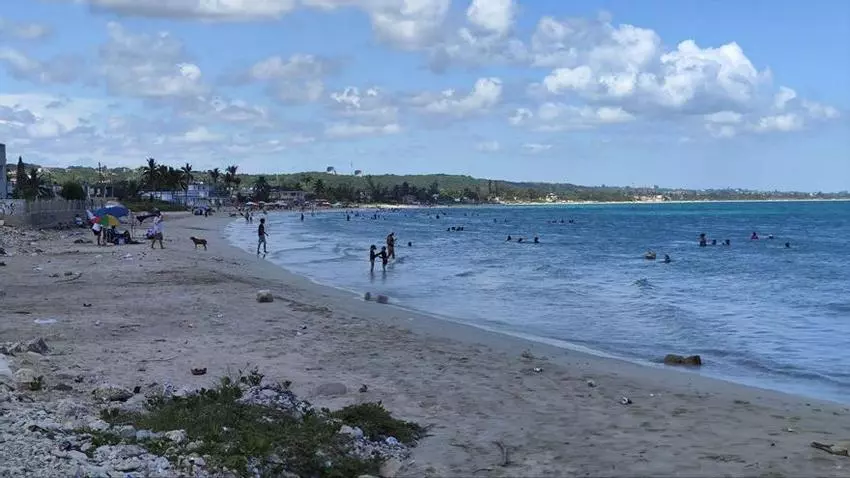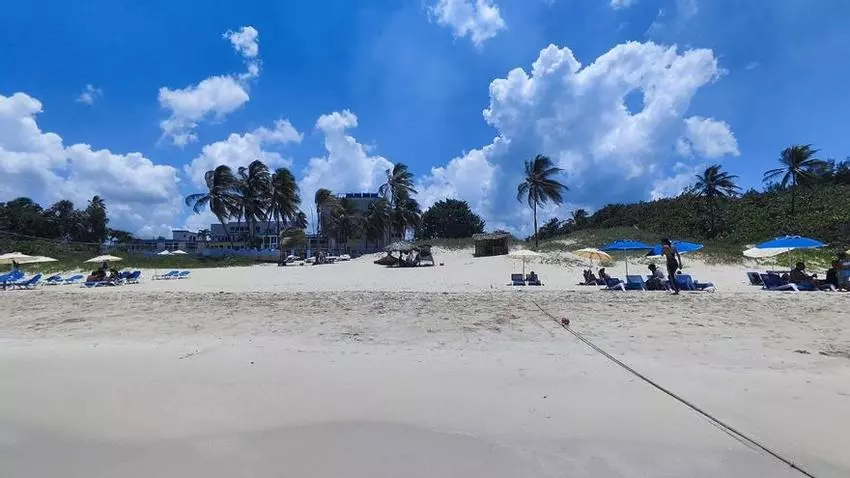
![]() 14ymedio, Julio César Contreras, Cienfuegos, 1 September 2024 — Never before had the Pearl of the South – once called that for its beauty – been at such risk of losing this appellation as now. In Cienfuegos, founded by 47 French settlers in 1819 and declared a World Heritage Site, today there is plenty of trash in the streets and the sewers are clogged. You do not have to move to peripheral areas to see the prevailing dirt. It is enough to go through a few central blocks to realize that the work of the Communal Services Company leaves much to be desired.
14ymedio, Julio César Contreras, Cienfuegos, 1 September 2024 — Never before had the Pearl of the South – once called that for its beauty – been at such risk of losing this appellation as now. In Cienfuegos, founded by 47 French settlers in 1819 and declared a World Heritage Site, today there is plenty of trash in the streets and the sewers are clogged. You do not have to move to peripheral areas to see the prevailing dirt. It is enough to go through a few central blocks to realize that the work of the Communal Services Company leaves much to be desired.
“The hygiene here is not even a shadow of what it was,” says Antonia, a neighbor of the emblematic Roma hotel, currently reduced to a dilapidated facade. “People are throwing garbage in the corners in disposable straw baskets, bags or whatever they find. All that remains on the sidewalks for days, without anyone worrying about picking up even the waste that accumulates in the sewer,” the woman complains.
According to the 58-year-old Cienfueguera, her nephew, who works as a driver on one of the garbage trucks of Comunales, has told her that “their working conditions are very bad. Many times they are forced to carry out trash collections with their bare hands, because they don’t even have gloves.” Trucks also do not pass with a frequency that allows the city to remain clean, because the “fuel allocated to their business, together with the lack of vehicles, causes cleaning cycles to be missed.”
You do not have to move to peripheral areas to verify the prevailing dirt
In this situation, it is normal that paper, nylon and cans block the city’s sewer system, which barely fulfills its function. The blocked-up sewers can be seen in Martí Park, as well as on Santa Clara Street and the Malecón, says the woman. “It only takes a small downpour for the water to stagnate,” she says.

Yosvany, another victim of the city’s precarious drainage system, tells this newspaper that a few days ago his house was flooded after a storm. The young Cienfueguero has raised the issue – he says – in all accountability meetings, but no solution has been found for the floods, which occur especially in the lowlands.
“It is very sad to see how trash piles are forming on the shores of the sea with the most unimaginable waste. But even sadder is to realize that the authorities do not seem to care that the people are living in such unhealthy conditions,” he laments. Yosvani is concerned that this unhealthiness will end in an epidemiological crisis that is difficult to contain.
“The People’s Power delegate can only say that he has raised the issue several times with the Government, but for those of us who live in certain places, such as Junco Sur or La Juanita, the garbage is literally in every corner,” he says with concern. “I myself have gone to complain to all possible authorities,” he says.
The neighbors are worried that this unhealthiness will end in an epidemiological crisis that is difficult to contain
“I don’t know if this can be fixed by putting garbage collectors in the neighborhoods or hiring individuals with horse-drawn carts to pick up the waste. It’s intolerable that a province recognized in Cuba for its beauty is today going through this great abandonment,” criticizes Antonia, who returns to the attack against Comunales. In the Pearl of the South you hardly see garbage bins or street sweepers. Beyond the historic center, the city is lost in a tangible filth.
The accumulated waste, the holes in the middle of the sidewalks and the broken roads that coincide in any corner of the city have become an everyday sight. Meanwhile, Antonia says that the smell of the trash piles that surround her home seeps through the door of her house, without asking permission.
Translated by Regina Anavy
____________
COLLABORATE WITH OUR WORK: The 14ymedio team is committed to practicing serious journalism that reflects Cuba’s reality in all its depth. Thank you for joining us on this long journey. We invite you to continue supporting us by becoming a member of 14ymedio now. Together we can continue transforming journalism in Cuba.










